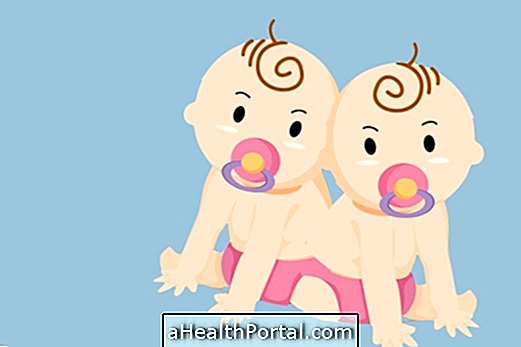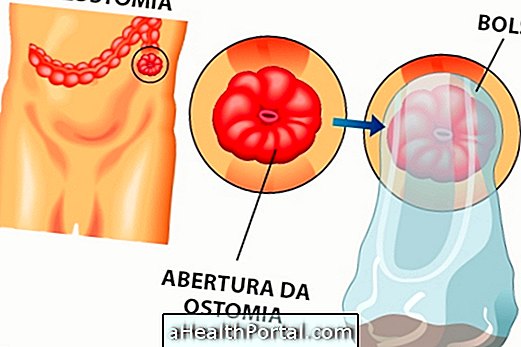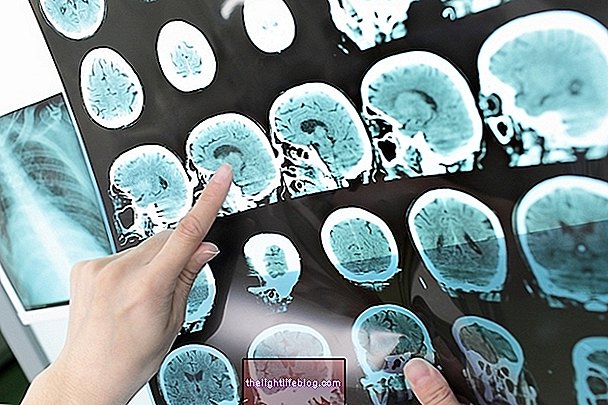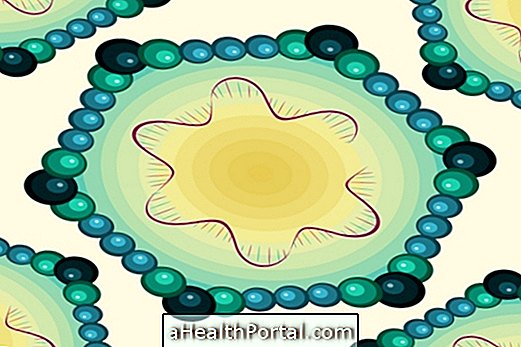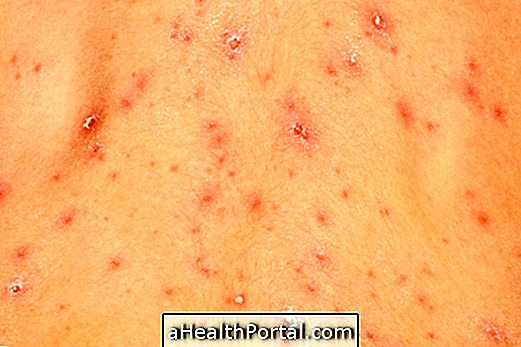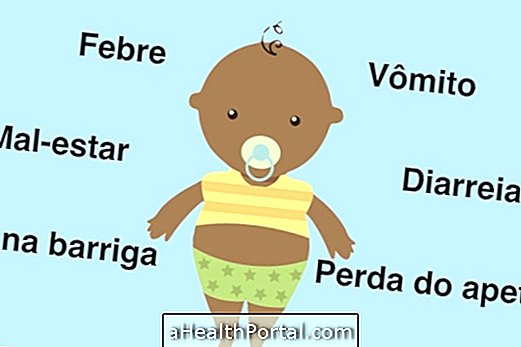The treatment for phenylketonuria consists of a diet low in phenylalanine, which is an amino acid that accumulates in the blood of phenylketonuric acid, causing problems such as mental retardation and seizures. Phenylketonuria has no cure and there are no drugs for this disease, and during treatment it is necessary to regularly monitor the phenylalanine levels in the blood.
The amount of phenylalanine that can be ingested varies according to the age and severity of the disease, and foods rich in that amino acid are sources of proteins such as meats, fish, milks and derivatives, eggs, wheat, soybeans, and beans.
Nutritional treatment for phenylketonuria
The nutritional treatment of phenylketonuria consists of withdrawing from the diet foods rich in phenylalanine, which is an amino acid found in food sources of proteins. The prohibited foods for phenylketonuric are:
- Animal foods: meats, milks and derivatives, eggs, fish, shellfish, and meat products such as sausage, sausage, bacon, ham.
- Food of plant origin: wheat, soybeans and derivatives, chickpeas, beans, peas, lentils, nuts, peanuts, nuts, almonds, hazelnuts, pistachios, pine nuts;
- Sweeteners with aspartame;
- Products that have banned foods such as cakes, biscuits and bread as an ingredient.
Fruits and vegetables can be consumed by phenylketonuric, as well as sugars and fats. It is also possible to find in the market several special products made for this public, such as rice, pasta and crackers, and there are several recipes that can be used to produce foods low in phenylalanine. See more tips on Diet for Phenylketonuria and Foods rich in Phenylalanine.


Treatment with amino acid supplements
Amino acid supplements are used in the treatment of phenylketonuria because the poor protein diet these patients make is insufficient to provide the nutrients needed for proper growth and development.
The supplementation to be used varies according to the patient's age and weight, and should be maintained throughout life, since protein deficiency can cause problems such as delayed growth, weight loss, hair loss and decreased tolerance of phenylalanine.
Blood tests to monitor the disease
People with phenylketonuria must have blood tests often to monitor blood phenylalanine levels and to adjust the diet according to the results.
Until the baby completes 1 year of age, the test should be done weekly. Children between 2 and 6 years of age repeat the examination every 15 days and, after 7 years, the examination is done once a month. The amount of phenylalanine allowed in the diet varies according to the patient's blood phenylalanine levels, and should always be supervised by the pediatrician or dietitian.


Care to be taken at every stage of life
The treatment of phenylketonuria varies according to the age and needs of the body at each stage of life:
- Newborns: Breastfeeding is limited because breastmilk contains phenylalanine, and in order to supplement the feeding one should use infant formulas without phenylalanine according to medical advice;
- Beginning of solid food and childhood: Foods low in phenylalanine, such as fruits, vegetables, fats and special foods without phenylalanine , should be preferred. At this stage the special milk must also be kept, and the food must be accompanied by the pediatrician or nutritionist so that the quantity of nutrients necessary for healthy child development can be supplied;
- Adolescence: From adolescence the acceptable levels of phenylalanine in the blood become a little larger, but food care should be maintained to maintain adequate growth;
- Adults: The body tolerates a higher level of phenylalanine in the blood, but strict diet must be maintained to avoid problems such as seizures, nausea and vomiting.
- Pregnancy: Pregnant women need to closely monitor phenylalanine levels in the blood during pregnancy because their excess carries risks to the baby such as cardiac malformation, mental retardation and microcephaly.
It is important that the treatment starts when the disease is diagnosed, generally in the first days of life through the test of the foot, because if the nutritional treatment is fulfilled the baby can develop in a healthy way.
Learn more about living with phenylketonuria in:
- Phenylketonuria
- How to care for the baby with Phenylketonuria
- Consequences of phenylketonuria

